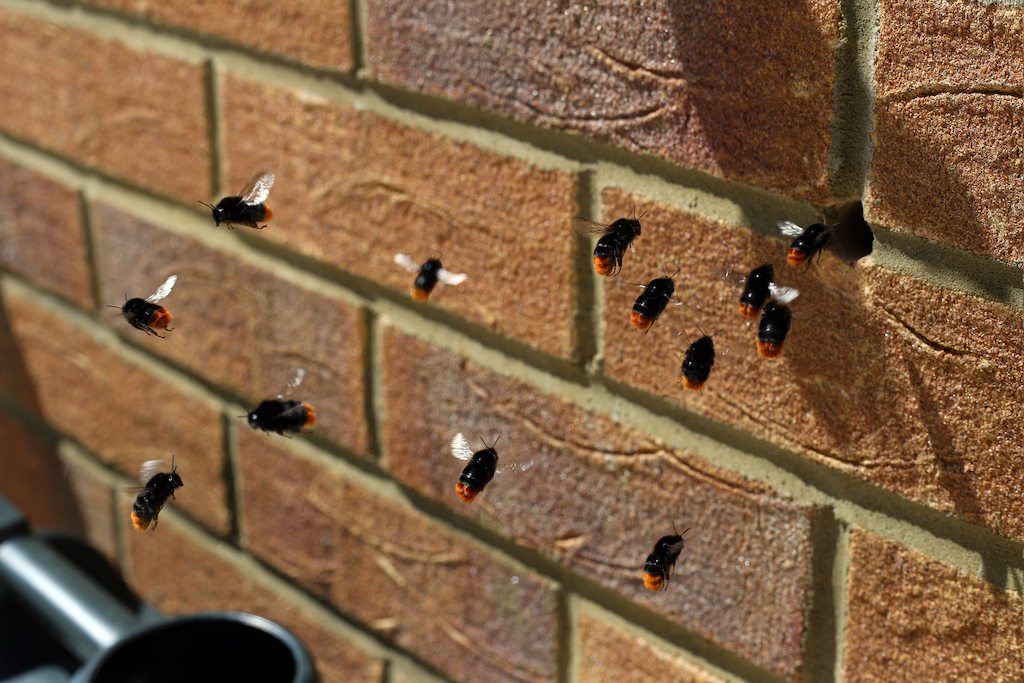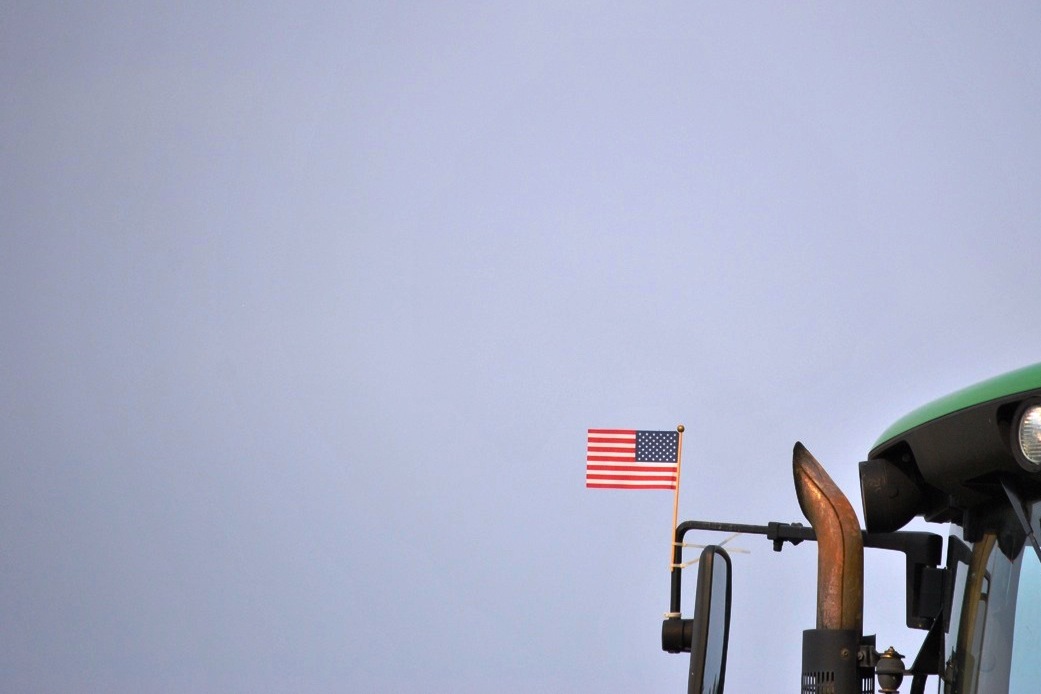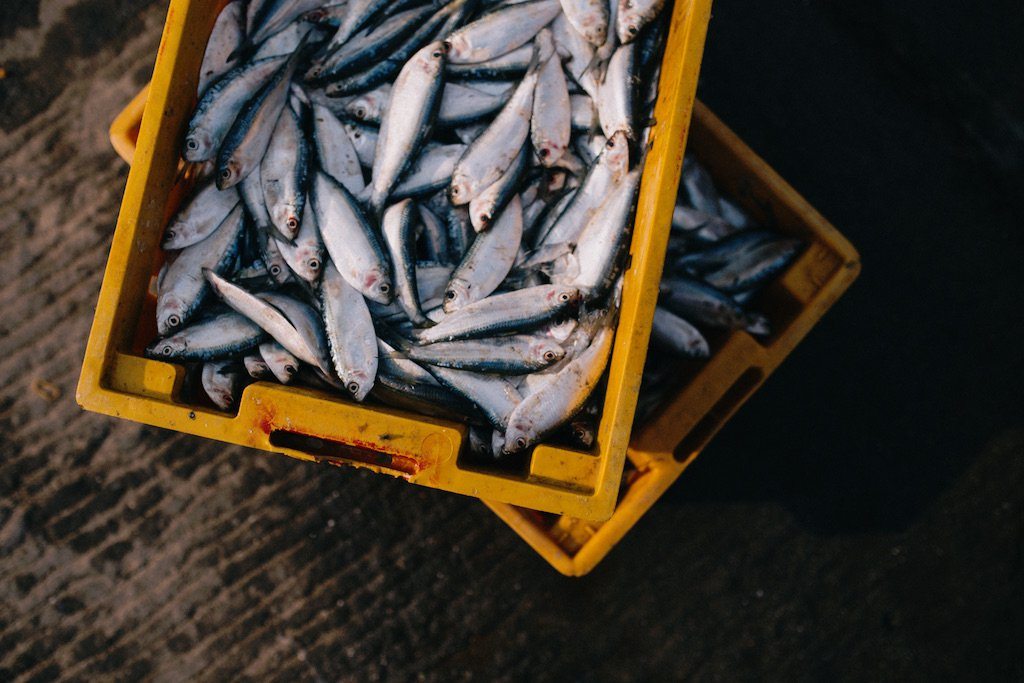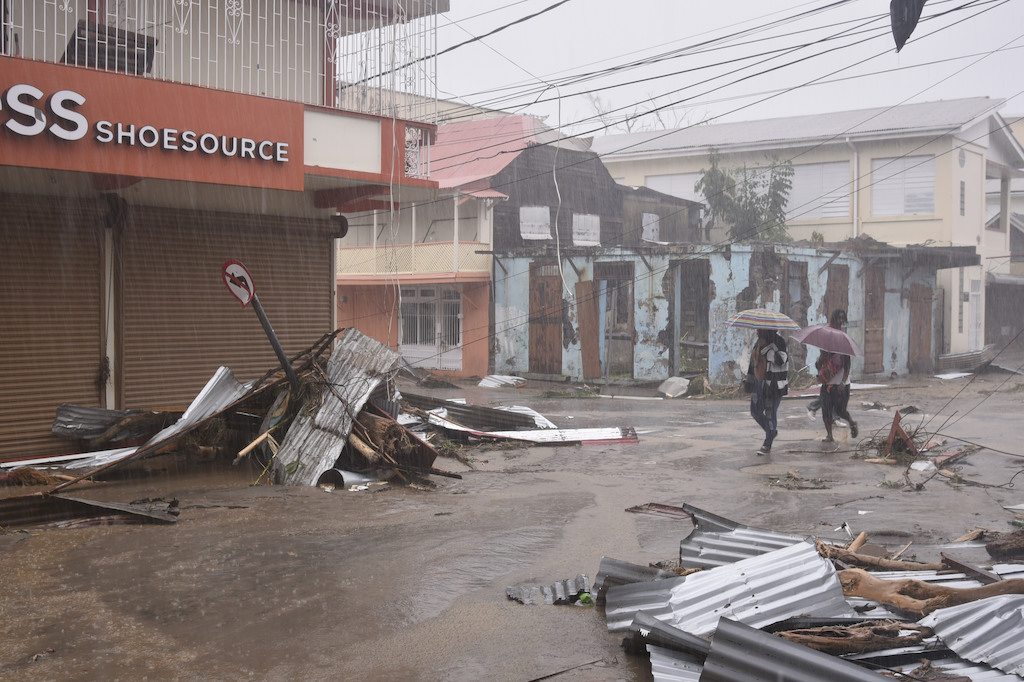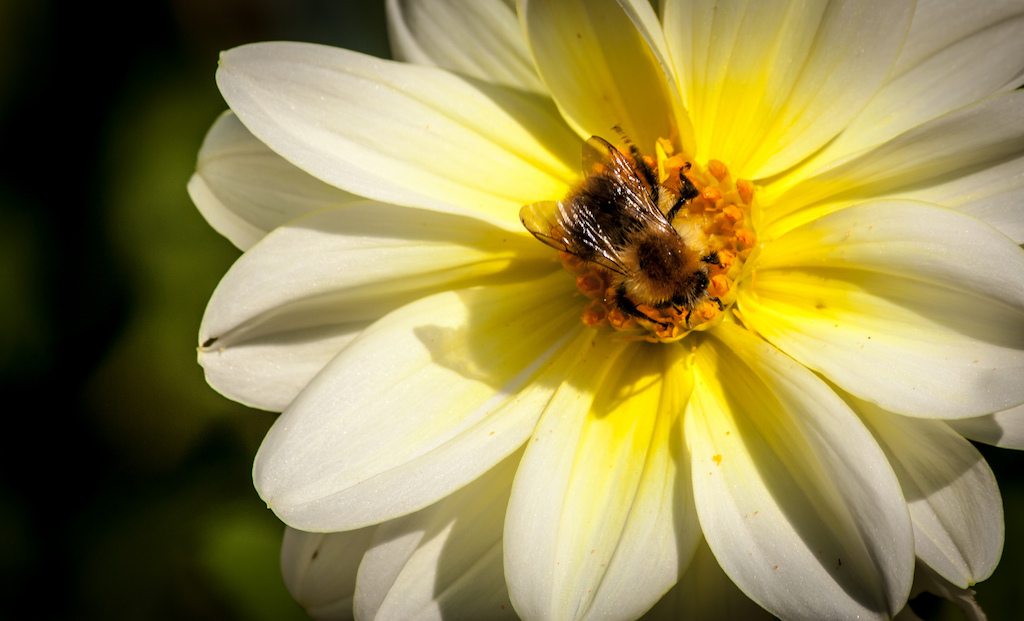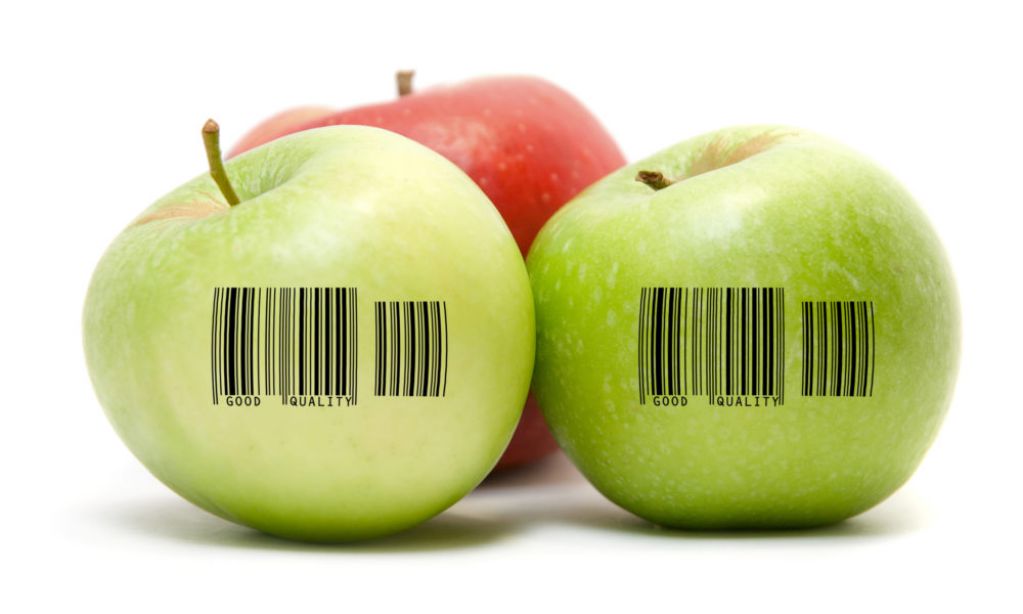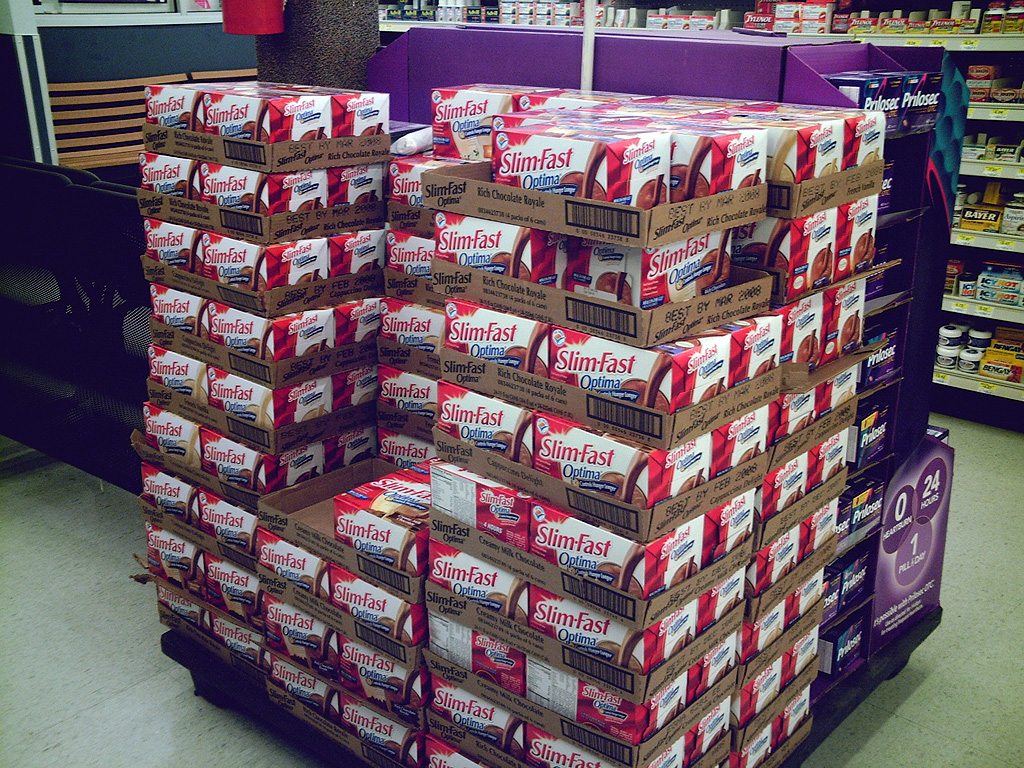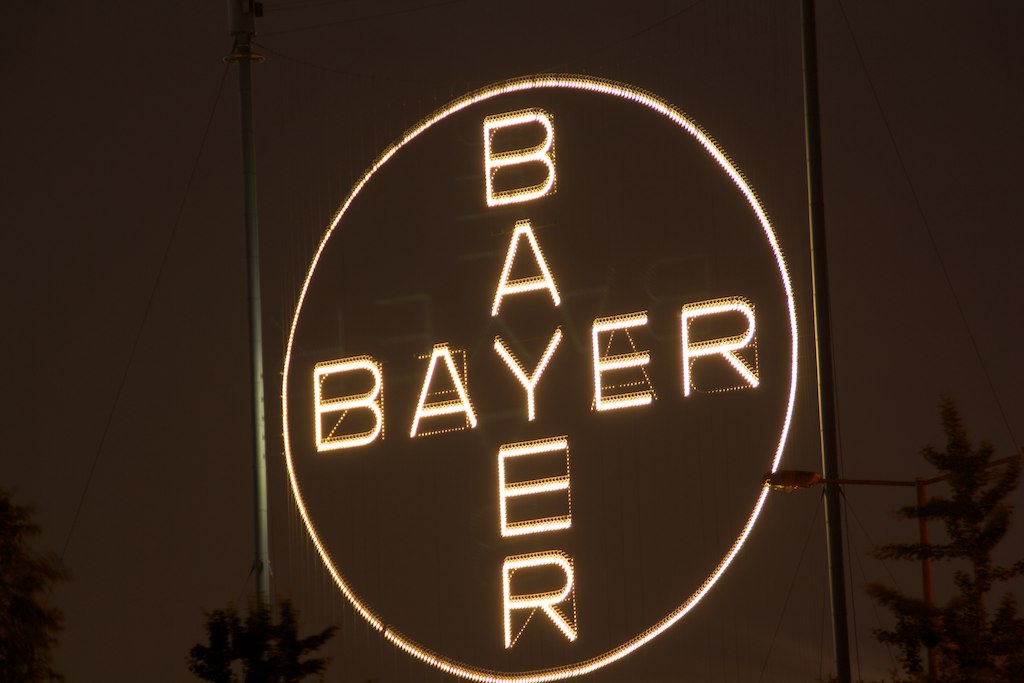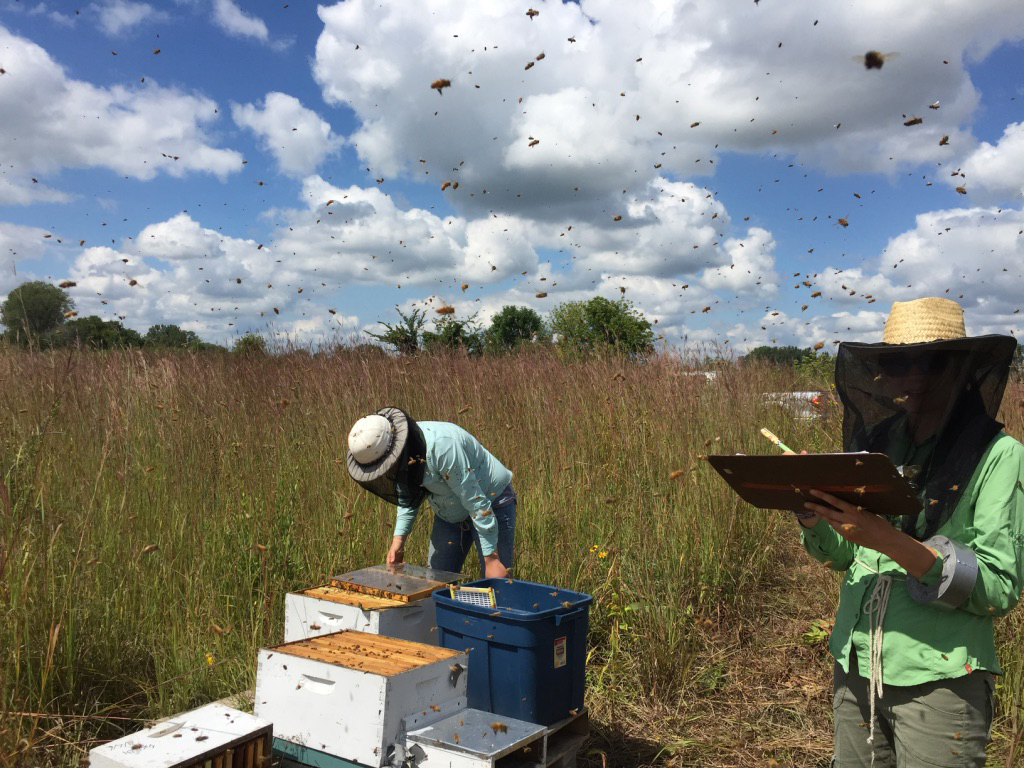
Amy Toth
A significant, multi-year study published Monday provides new evidence that commodity crop production can be detrimental to honey bees, putting colonies at risk by depleting their access to food.
It’s no secret that the recent decline of bee populations is strongly linked with modern agriculture. It’s not just that commonly used pesticides can weaken and confuse bees, jeopardizing their ability to return to the hive after forage. In recent years, scientists have increasingly focused on the ways that monoculture farming—large tracts of land that specialize in a single crop—can deprive honeybees of much-needed dietary diversity, making them more susceptible to disease. Since not all pollen is nutritionally equal, bees need many different kinds to stay healthy. Now, by examining the health of honey bees in Iowa soy fields, scientists have showed precisely how damaging that lack of variation can be.
Soy is one of the U.S.’s most highly produced and exported foods. In 2018, farmers harvested 4.54 billion bushels of the crop (for reference, a bushel of soy weighs 60 pounds), with the Midwest contributing to the vast majority of this output. The industry’s rise, however, has come at the cost of traditional habitat: In Iowa, the second-largest soy producing state, the expansion of farmland has driven a steep decline in native tallgrass prairie. That, in turn, has depleted both the quantity and variety of food sources available to honey bees, according to the new research, which is published in the Proceedings of the National Academy of Sciences. The study was partially funded by the Department of Agriculture (USDA) and the United Soybean Board, though neither was involved with designing the experiment or writing the paper.
Over the course of two years, researchers from Iowa State University and the University of Illinois at Urbana-Champaign monitored the health of honey bees near soy farms with varying levels of production intensity. To do so, they placed ten bee apiaries containing four colonies each next to soybean farms at least one mile away from each other. The fields were either highly cultivated (meaning that 73 percent or more of their surrounding area was covered by crop land) or mildly cultivated (meaning 53 percent or less of was). The latter category often included land covered by grass, trees, or development. For each production level, researchers then measured average bee populations, fat levels, and weight of honey collected.
Typically, bees are supposed to produce honey for their colony from spring through fall in order to have enough food to survive the winter. What the researchers found, however, was that colonies adjacent to soy farms were turning to food stores for sustenance as early as August, and that by mid-October, all of them had wiped out the gains that they had made in the spring and summer. That’s like clearing out your fridge and pantry right before a power outage—and it means those hives would be far less likely to survive.
“No matter where the colonies were in our landscape, they all started to decline nearly two months before we would normally expect them to do so,” says Adam Dolezal, an associate professor at the University of Illinois and co-first author of the paper. Ashley St. Clair, a research assistant at Iowa State University, is also co-first author.
 Omar de Kok-Mercado
Omar de Kok-Mercado Gary T. Guthrie, a soy and corn producer who oversees the management of 160 acres of land in Iowa, took four acres out of commission in 2013 and spent around $1,200 to convert them into prairie strips
According to the study, the period of greatest weight gain took place when soybean fields were in bloom. When soy flowers fell off in late August, they may have taken bees’s single biggest nectar source away with them. Around the same time, both immature and adult bee populations dropped for both cultivation levels, as did average fat content.
“It’s really a game against time where the food stores need to last until more food is available in the landscape,” Dolezal adds. “If the bees are losing that too quickly or more quickly, then they’re going to run out before that happens.”
There was also a notable difference between bee activity on high cultivation versus low cultivation fields: Colonies near the more intensively planted farms gained honey at a significantly faster rate than colonies near the latter, suggesting that bees can momentarily benefit from industrial farming in one regard. Researchers attributed this to being surrounded by more soy crops, as well as more field edges, which contain an abundance of clover, a flowering plant that grows low to the ground and is catnip to honey bees. But that initial burst of activity did not last, the researchers showed.
Is there a way to preserve the honey cultivated by bees during the height of summer? There may be—and biodiversity appears to be the key. In a separate experiment, the team placed ten honey bee colonies near a separate farm in Ames, Iowa. Halfway through the season, scientists moved half of the colonies to a reconstructed tallgrass prairie, which contains plants that bloom in late summer and early fall not found on farms. Low and behold, the relocated bee colonies saw a significant increase not only in weight, as well as fat content. Like bears going into hibernation, high fat levels increase the chances that they’ll survive through the winter.
Scientists calculate bee fat levels through a rather stomach-turning technique: by collecting bees, freezing them in liquid nitrogen, then blending them into a powder that they then analyze using light testing. It’s the sacrifice of a few hundred bees for the betterment of thousands more, Dolezal reminds me.
This study suggests that native prairie habitats can increase honey bee colonies’ chances of survival—a potential game changer for food production, which depends heavily on pollinator health. According to the Department of Agriculture, 75 percent of the world’s flowering plants and 35 percent of its food crops rely on them to reproduce. (Funnily enough, soy is a self-pollinator, meaning it can fertilize on its own—but while the presence of honey bees is not essential, some research shows that bee pollination helps to boost yields.)
 Amy Toth
Amy Toth The study suggests that native prairie habitats can increase honey bee colonies’ chances of survival
The idea of reintroducing biodiversity into land dominated by monoculture isn’t new. In 2017, some of the world’s biggest companies announced that they would provide funding for farmers to line their fields with polyculture hedgerows that contain native plants and wildflowers to support bee health. In Iowa, that idea is manifesting itself in a regionally specific way: A handful of farmers are collaborating with Iowa State University to take land out of production and restore in its place tallgrass prairie ecosystems, which are made up of a wide range of grasses and flowering plants.
“[Tallgrass prairies are] comprised of native plants that were here before European settlement and before corn, soybeans, and modern agriculture came into place,” says Matt O’Neal, an associate professor at Iowa State University and a research lead of its prairie strip initiative. “That diversity can be a source of food for a variety of things from insects to birds to mammals to reptiles, et cetera.”
Farmers who are willing to experiment with prairie strips typically do so in conjunction with other conservation practices, such as no-till and cover cropping. Gary T. Guthrie is one such early adopter. A soy and corn producer who oversees the management of 160 acres of land in Iowa, Guthrie tells me that he took four of those acres out of commission in 2013 and spent around $1,200 to convert them into prairie strips. He estimates that the opportunity cost per acre is about $200 to $300 depending on the year—a cost well worth the payoff.
“If we want beneficial insects out on our landscape, we need to have a habitat that really provides [for] and protects them,” Guthrie says.
 Omar de Kok-Mercado
Omar de Kok-Mercado Farmers like Guthrie, who are willing to experiment with prairie strips typically do so in conjunction with other conservation practices, such as no-till and cover cropping
But in an agricultural system driven by output, farmers previously have had little to no economic incentive to shell out money for bee conservation, especially given that soy crops don’t need pollinators in the first place. However, there’s good news on the horizon. In last year’s farm bill, Congress expanded USDA’s voluntary conservation program to include prairie strips, which means farmers can get paid to restore native habitat on traditional farmland.
Meanwhile, there’s growing interest among lawmakers to restore native vegetation and protect bees. Last week, Democratic Senator Jeff Merkley of Oregon introduced a bill that would award state departments of transportation $150,000 grants to plant native flowers along roads and highways, making them more “pollinator-friendly” to butterflies and bees. The legislation has bipartisan support, with Republican Senators Lamar Alexander of Tennessee and Mike Rounds of South Dakota among its co-sponsors.
“As monarch and honeybee populations decline precipitously, we don’t just risk losing these beautiful creatures—we also face an existential threat to American agriculture and our food supply,” Merkley says, in an emailed statement. “Every state already contains thousands of miles of green space around roads and highways. If we transformed just a fraction of this land back to natural pollinator habitat, we could make a real difference to pollinator populations.”

